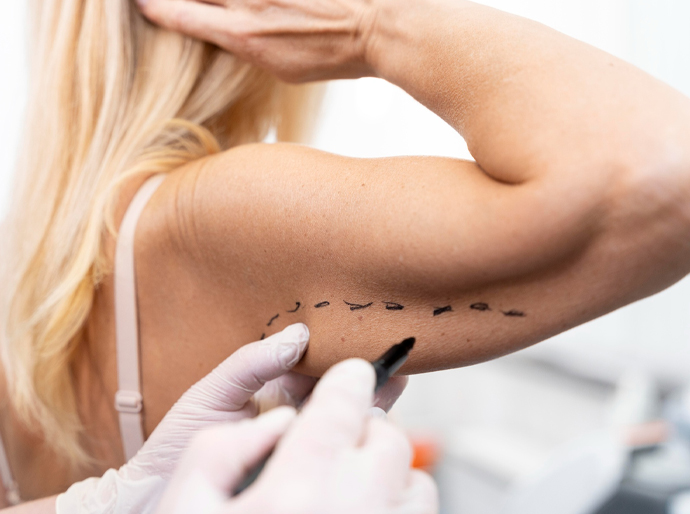
How Can Diabetes Affect Your Feet?
Uncontrolled diabetes has the potential to wreak havoc on your nerves. When the nerves in your legs and feet are damaged, you may lose the ability to sense heat, cold, or pain in those areas. This condition is known as "sensory diabetic neuropathy." Unfortunately, if you can't feel a cut or sore on your foot due to neuropathy, it can worsen and become infected. Moreover, the muscles in your foot may not function properly because the nerves connecting to them are impaired. As a result, your foot may not align correctly, leading to excessive pressure on certain areas.
In addition to nerve damage, diabetes also impacts blood circulation. Insufficient blood flow can significantly delay the healing process of sores or cuts. When poor blood flow affects the arms and legs, it is referred to as "peripheral vascular disease." If you have an infection that refuses to heal due to inadequate blood flow, you are at risk of developing ulcers or even gangrene, which is the death of tissue caused by a lack of blood supply.
How Can Diabetes Affect Your Feet?
1. Ensure that you prioritize your well-being and manage your diabetes effectively. Adhere to your doctor's recommendations regarding your diet, physical activity, and prescribed medication. It is crucial to maintain your blood sugar levels within the range advised by your healthcare professional.
2. Incorporate a daily routine of washing your feet with warm water and a mild soap. To assess the water temperature, use your elbow as nerve damage may affect the sensation in your hands as well. Avoid soaking your feet and ensure thorough drying, paying extra attention to the areas between your toes.
3. Make it a habit to inspect your feet every day for any signs of sores, blisters, redness, calluses, or any other issues. If you have poor blood circulation, it becomes even more essential to conduct a daily foot examination.
4. If your feet tend to be dry, maintain moisture by applying lotion after washing and drying them. However, refrain from applying lotion between your toes. Consult your doctor to determine the most suitable type of lotion for your needs.
5. To gently address corns and calluses, utilize an emery board or pumice stone. It is advisable to perform this task after bathing or showering when your skin is soft. Remember to move the emery board or pumice stone in a single direction.
6. Regularly check your toenails, ideally once a week. Trim them straight across using a nail clipper, avoiding rounding off the corners or cutting down the sides. After clipping, use a nail file to smoothen the edges.
7. Always opt for closed-toed shoes or slippers, even when indoors. Avoid wearing sandals or walking barefoot to ensure adequate protection for your feet.
8. Wear socks or stockings that fit well and have soft elastic. This will provide comfort and support for your feet.
9. Invest in properly fitting shoes made of canvas or leather. Gradually break them in to avoid discomfort. If you have a foot deformity, specialty stores offer extra wide shoes that provide additional room for your feet.
10. Prior to wearing any shoes, remember to inspect the inside to ensure no objects are left inside.
11. Safeguard your feet from extreme temperatures. Wear appropriate footwear at the beach or on hot pavement, and consider wearing socks at night if your feet tend to get cold.
12. Promote healthy blood circulation to your feet by elevating them when sitting, regularly wiggling your toes and moving your ankles throughout the day, and avoiding crossing your legs for prolonged periods.
13. Cease smoking if you are a smoker, as it can exacerbate issues related to blood circulation.
14. In the event that you experience a deteriorating or non-healing foot problem, it is imperative to reach out to your physician.
15. Ensure that your diabetes specialist examines your feet during every checkup. Undergo a comprehensive foot examination annually.
16. Schedule regular checkups with a podiatrist, regardless of the absence of any foot ailments, every 2 to 3 months.



